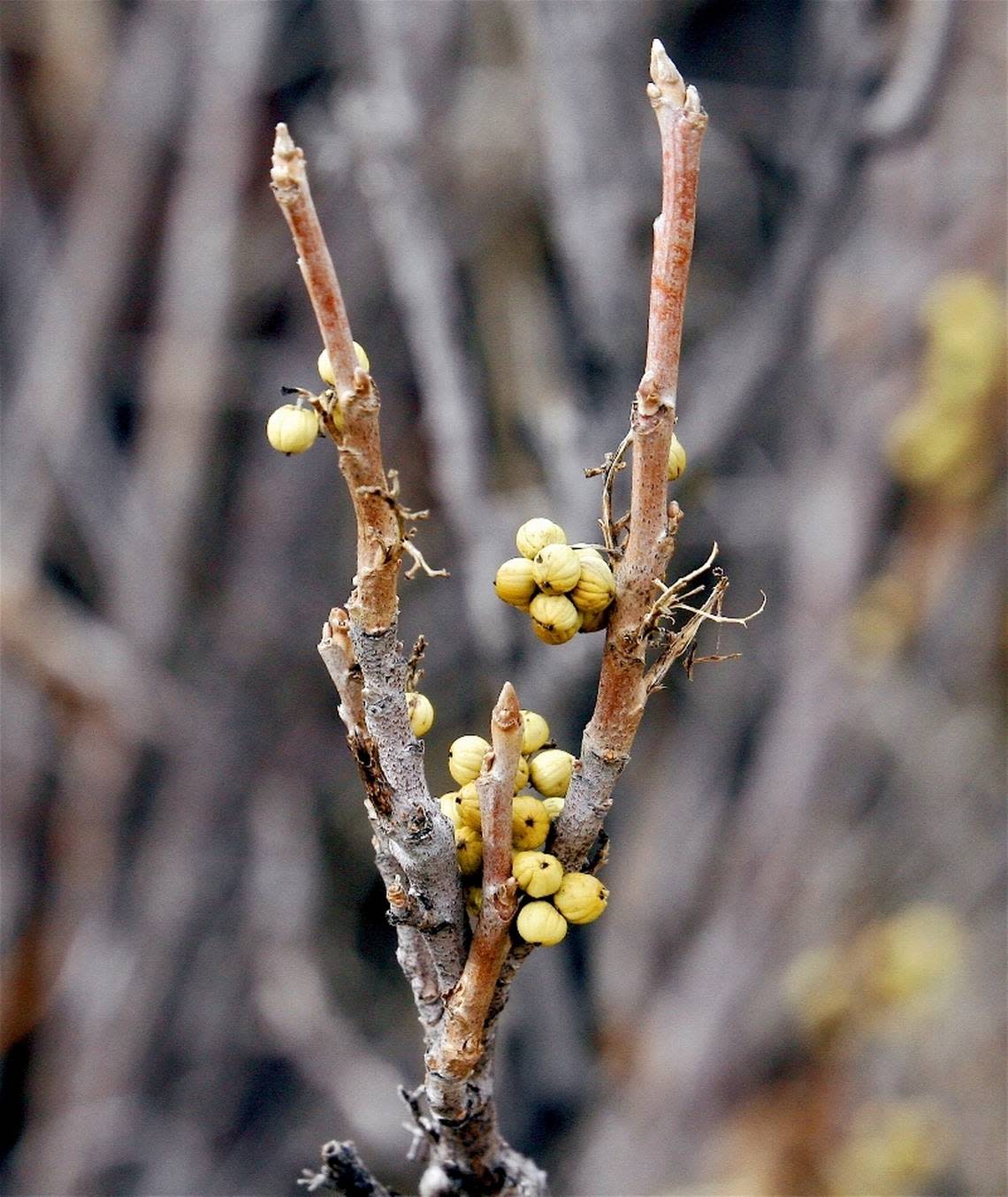Yes, Boise poison ivy grows in winter. Here’s how to identify the plant, contact symptoms
It’s not a new phenomenon in Boise, but it always bears a yearly reminder: Keep an eye out for poison ivy in the Treasure Valley.
The three-leaf plant, which causes an itchy red rash and blisters, is most commonly associated with the spring and summer, but don’t let your guard down; poison ivy is a danger to hikers and trail walkers year-round.
Poison ivy, which secretes poisonous oil onto anything that touches it, is a native plant species to Idaho and was recently encountered in the Table Rock area, prompting concerns about the spread of the species.
Unfortunately for Idahoans, it’s not going anywhere.
“Poison ivy grows here; natively, it’s from here,” Boise Parks and Recreation ecologist Martha Brabec told the Idaho Statesman.
Since it’s a native plant, Boise Parks and Rec can’t do much about its spread.
“There are likely some benefits associated with it being in the ecosystem because it is a native plant,” Brabec continued. “A lot of our focus on open space reserves on Parks and Recreation property is invasive species or noxious weed control. And poison ivy does not fall into those categories because it’s a native plant.”
Avoiding poison ivy
So if Boise Parks and Rec can’t do much about controlling the weed, what can be done to avoid it?
“The number one thing that we suggest to people is to know how to identify it, to stay on the trail, and if you’re going off trail, do so at your own risk, especially if you don’t know what poison ivy looks like,” Brabec said.
The common saying to avoid poison ivy is “leaves of three, let it be,” Brabec said, but there are other ways to identify it throughout its various stages of growth.
Brabec said that during the warmer months, along with the easy identification of three leaves on a stem, poison ivy leaves will look shiny and somewhat oily. During the fall, poison ivy leaves turn bright red and fall to the ground, Brabec said, but the plant’s stems can still deposit the poisonous oil onto people and cause rashes.
In the winter, new poison ivy stems will grow out of the ground and be accompanied by white berries, which are just as poisonous as the leaves and stems.
Boise Parks and Rec has received reports of poison ivy growing across the Treasure Valley, from the foothills to the Boise Greenbelt.
There is no rhyme or reason for where the ivy grows, Brabec said, but it often grows along walls, fences and up tree trunks. If a resident is having issues with it, they’re welcome to call Boise Parks and Rec, Brabec said, but unless the ivy is impeding a public walkway, there’s not much the department can do about it.
“It’s supposed to be here,” Brabec said. “There’s an inherent risk associated with being outside in general, and one of the really important things that people should know is how to identify poison ivy.”

How to prevent and treat a poison ivy rash
Poison ivy oils can linger on anything that touches the plant for a long time — basically until whatever it touches has been washed — according to the U.S. Food and Drug Administration. That can include clothing, pets and gardening tools.
Fortunately, although the oil from the weed can be transferred from one object to another, the rash isn’t contagious, according to the FDA. Even if the rash appears to be spreading, it’s either because the oils are being absorbed at different rates, repeated exposure to an object with poison ivy oils, or oil is trapped under the fingernails.
Prevention
You can prevent exposure to poison ivy by washing gardening tools regularly and wearing long sleeves and pants along with impermeable gloves if you think you may be working around poison ivy.
Although pets usually aren’t susceptible to poison ivy, the oils can stick to their fur and must be washed out with water and pet shampoo while wearing rubber gloves.
If you think you’ve come into contact with poison ivy, wash your skin in soap and cool water as soon as possible to remove any oils yet absorbed.
Treatment
Not much can be done to expedite the healing process of poison ivy — the rash, blisters and itchiness will subside within a couple of weeks without treatment.
But you can ease the symptoms.
You can relieve an itch by compressing a wet towel on the rash or soaking it in cool water. Over-the-counter topical corticosteroids — such as clobetasol and hydrocortisone — can also be applied to the affected area to relieve itchiness.
The FDA recommends against scratching blisters, as bacteria under the fingernails could cause an infection. The FDA recommends seeing a doctor if:
You have a temperature over 100 degrees.
There is pus, soft yellow scabs or tenderness on the rash.
The itching keeps getting worse or keeps you awake at night.
The inflammation spreads to your eyes, mouth, and genital area or covers more than a quarter of your skin.
The rash does not improve within a few weeks.
The rash is widespread and severe.
You have difficulty breathing.
